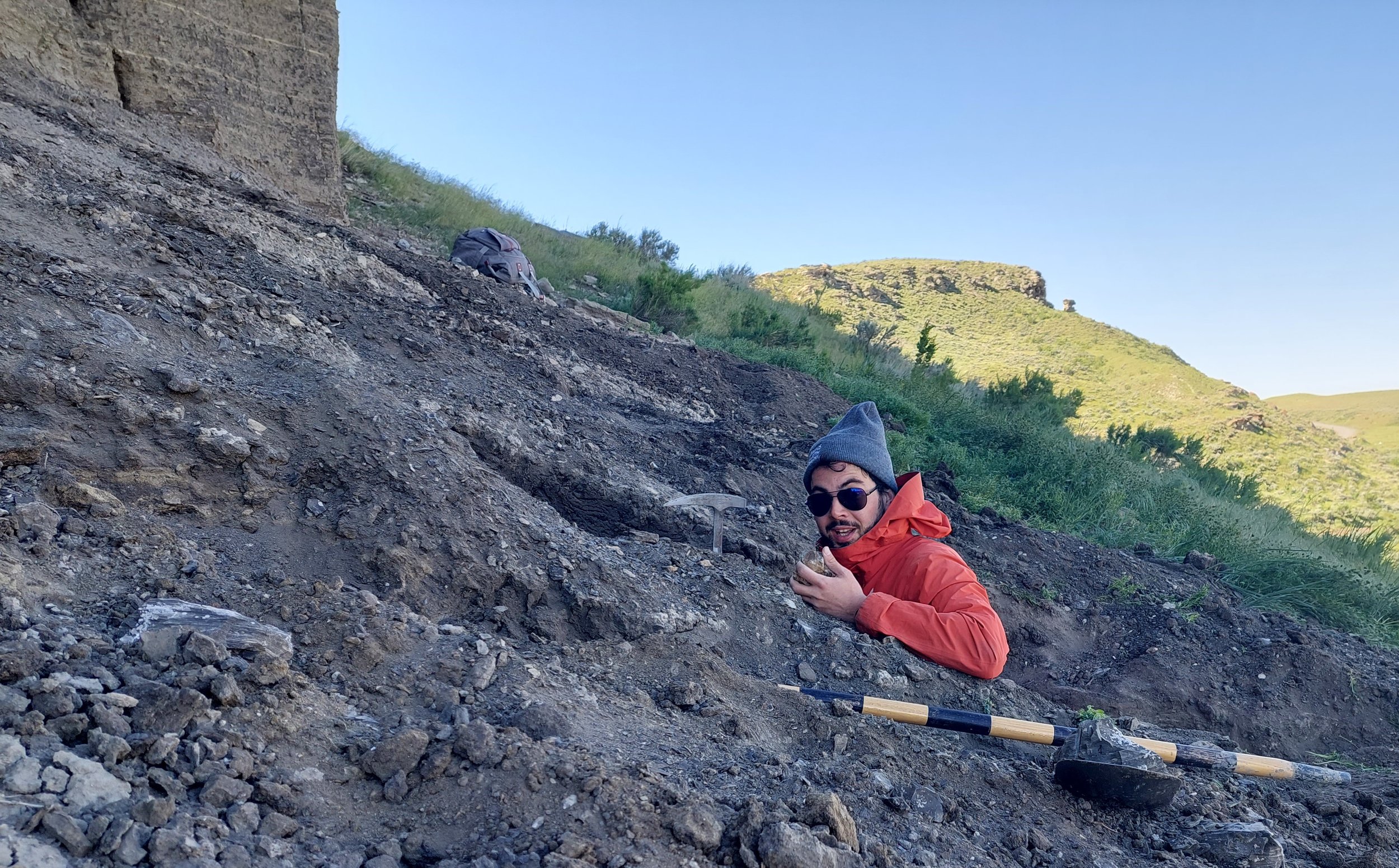The dawn of the Cretaceous Interior Seaway: Sedimentological and geochemical insights from the Lower Cretaceous Skull Creek Formation, Colorado
Presented by:
Patrick Sullivan
Ph.D. student in the Department of Geology and Geological Engineering at the Colorado School of Mines
11:30 Reception | 11:45 Lunch | 12:00 Talk
Rock Bottom Brewery-Banquet Room
1001 16th St Mall, Denver, CO 80265
Abstract
The Skull Creek Formation is a succession of marine mudstones and sandstones within the Lower Cretaceous Dakota Group. The formation contains the earliest record of marine deposition and ocean connection in the Western Interior Seaway (WIS), yet its depositional environments, stratigraphic correlations, and paleogeographic evolution remain poorly understood. This study addresses those uncertainties and presents new sedimentological and geochemical data from four cores and 38 well logs in the central Denver Basin, integrating them into previous outcrop and subsurface studies of the Skull Creek Formation.
Three regional flooding surfaces divide the Skull Creek Formation into informal lower, middle, and upper units which record the paleogeographic evolution of the early WIS. The lower Skull Creek Formation was deposited in a restricted lobe of the Arctic ocean, contains predominately oxygenated, organic matter (OM)-poor basinal to lower slope facies and includes the Eldorado Springs Member, a northwest to southeast-oriented wave-dominated sandstone. The Eldorado Springs Member is the only documented coeval shoreline of the Skull Creek seaway in the Rocky Mountain Region. The middle Skull Creek Formation exhibits anoxic, OM-rich calcareous basinal facies and is hypothesized to represent the earliest connection between the Arctic and Tethyan lobes of the WIS. A unique bioclastic calcarernite facies in the middle Skull Creek Formation is interpreted to signal the onset of this seaway connection, and an associated increase in bottom current strength and biological productivity. These lithofacies persist into the upper Skull Creek Formation, indicating the WIS remained connected until the deposition of the overlying Muddy Formation.
Biography:
Patrick Sullivan is a second-year Ph.D. student in the Department of Geology and Geological Engineering at the Colorado School of Mines, where he received his M.S. in 2021. He is currently a research assistant working with Dr. Stephen Sonnenberg in the Mudrocks and Tight Oil Characterization (MUDTOC) research consortium. He has worked on the geochemistry and stratigraphy of several deposits of the fascinating Cretaceous Western Interior Seaway and his current thesis research continues this trend, focusing on the regional sedimentology, geochronology and petroleum geology of the Turonian Wall Creek-Turner system in the Powder River Basin of Wyoming. His M.S. thesis research on the geochemistry and mudstone sedimentology of the Early Cretaceous Skull Creek Shale culminated in a manuscript accepted into the AAPG Bulletin (2022, in press). Patrick is also a leader of the Rocky Mountain Paleomap Project, an effort to create metadata-rich facies and satellite maps of ancient landscapes of the Rocky Mountain Region.
Registration closed - email information@rmssepm.org to attend
This is an in-person and online event!
The cost is $30.00 for current members and $40.00 for non-members ($10 of which pays for an annual membership in the RMS-SEPM). Web only registration is $15.00. Unemployed individuals may sign up for lunch for just $20.00. Students may sign up for lunch for $20.00. Persons who do not wish to have lunch are welcome for a $20.00 fee. Walk-ins may purchase a lunch for the standard fees ($35.00 or $40.00) although quantities are limited. Walk-ins without a lunch are charged a $10.00 fee.
Please submit reservations by 10:00 a.m. the Friday before the talk.
Reservations may be secured online or by e-mail at information@rmssepm.org



